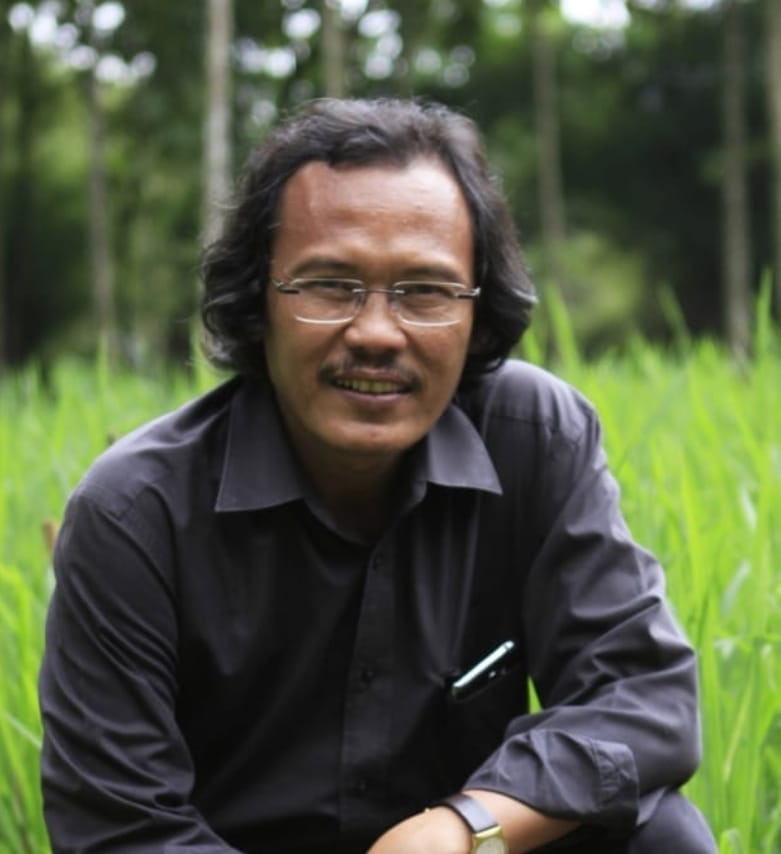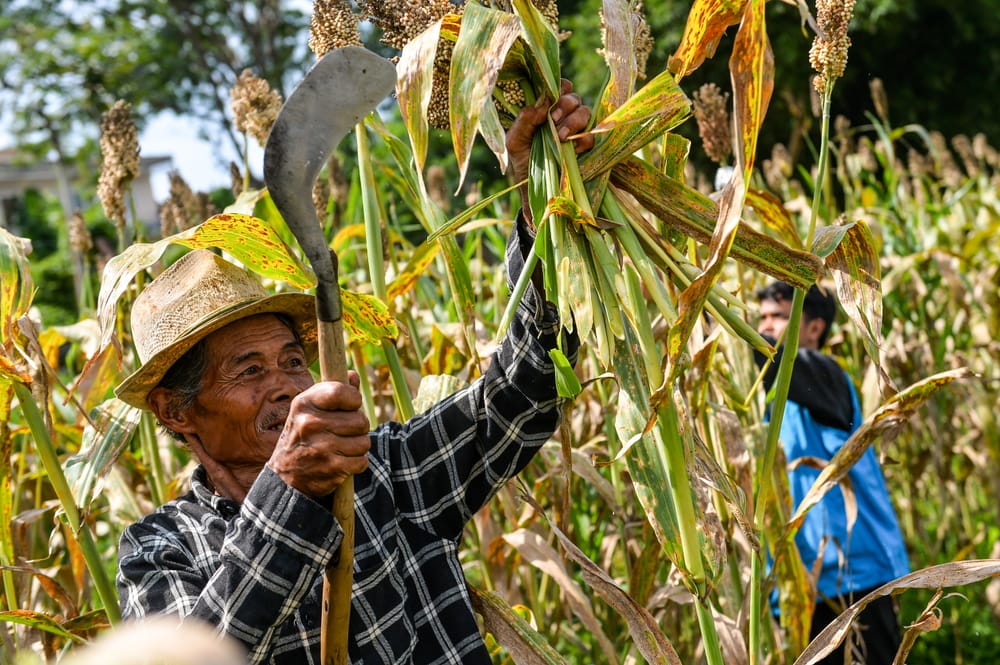The price of crude palm oil (CPO) in the international market shows an increasing trend. This has also caused the price of CPO in the domestic market to increase amidst the shadow of the mandatory biodiesel policy which will be implemented soon.
This slight increase, according to the General Chairperson of the Indonesian Oil Palm Entrepreneurs Association (Gapki) Eddy Martono, was driven by increased demand from India.
"Currently, the local CPO price is around IDR 14,500 per kilogram. This increase was triggered by increased demand from India as the festival season there begins," he told SUAR via telephone in Jakarta, Wednesday (13/8/2025).
Reporting from Reuters, the price of crude palm oil or crude palm oil (CPO) contracts has again jumped and recorded the highest level in four consecutive sessions.
This increase was triggered by market optimism towards projected stronger August export data.
The benchmark crude palm oil futures contract for October 2025 delivery on the Bursa Derivatives Exchange rose RM 57 per ton or 1.29% to RM 4,459 per metric ton in trading on Wednesday (13/8).
Meanwhile, an increase in vegetable oil prices was also seen in the global market with palm oil contract prices strengthening by 1.33%.
According to Professor of the Faculty of Agriculture at the Bogor Agricultural Institute (IPB), Dwi Andreas Santosa, the dynamics of international trade greatly influence CPO prices.
"In recent months, world CPO prices have gradually increased, after previously falling. This trend is influenced by the movement of other vegetable oil prices, especially soybeans," he told SUAR.
He added that if global soybean production decreases, CPO prices will also jump. Conversely, if soybean production is good, CPO prices will fall. These price dynamics are very difficult to predict because they are highly dependent on climatic conditions in the largest soybean producing regions, such as Latin America and North America.
Market diversification
As the world's largest CPO exporter, Indonesia has a crucial role in the global market. Indonesia, known as the largest CPO producing country in the world, remains optimistic that its products will always be in demand.
The largest country in ASEAN can produce 52 million tons of CPO per year, followed by Malaysia with a CPO production of around 19 million tons.
"Importing countries such as China, India, the European Union, Pakistan, the United States, and Bangladesh really need our palm oil," said Eddy.
Based on Gapki data, CPO export contributions reached USD 13.64 billion until May 2025. CPO production in May 2025 fell 7.01% to 4.165 million tons from 4.479 million tons in the previous month.
However, Eddy also emphasized the importance of market diversification.
"We must not continue to depend on traditional markets. We must explore new markets in African, Middle Eastern, Central Asian countries, and there is also potential for increased exports to Russia," he said.
Another challenge comes from competition with Malaysia, especially in the global market. Dwi Andreas Santosa continued, this competition is highly dependent on tariff policies.
"Currently, Indonesia is still negotiating the 19% tariff imposed by the United States. If Malaysia is subject to a higher tariff, we will be more superior in the American market. However, in other markets such as the European Union, the issue of deforestation is a challenge in itself," he explained.
Nevertheless, he explained that Indonesia's CPO exports to the European Union are not that large, with Spain and the Netherlands being the main importers in the European Union.

Shadow of B50
Meanwhile, the government's plan to roll out a mandatory biodiesel policy, especially the implementation of B50 in early 2026, is also causing concern among palm oil entrepreneurs.
According to Eddy, this is due to tight global supplies and limited incentives for biodiesel.
"Gapki is pessimistic about the B50 target because stagnant CPO production will reduce export volume, while biodiesel incentive funds are highly dependent on export levies (PE)," said Eddy.
Reporting from Kumparan, Deputy Minister of Energy and Mineral Resources (ESDM), Yuliot Tanjung, emphasized that the government is still targeting the implementation of the 50% biodiesel program (B50) in early 2026.
According to Yuliot, the government is currently evaluating the implementation of the B40 program, which has been running since the beginning of 2025. This evaluation is being carried out in parallel as preparation for the transition to B50.
"For B50, we are evaluating the implementation of B40 this year and we also hope that for next year's implementation, B50 will be accessible soon," he said at the Ministry of Energy and Mineral Resources office (8/8/2025).
Dwi Andreas expressed similar concerns. He said that the funds managed by the Palm Oil Plantation Fund Management Agency (BPDPKS) are mostly used for biodiesel subsidies.
"Once in the 2020s, more than 80% of BPDPKS funds were used for this program. In fact, these funds should also be allocated for the rejuvenation (replanting) of community plantations," he said.
He also observed that the large subsidy costs that the government has to bear are not in line with the funds collected from PE, which could have an impact on reducing the budget for rejuvenating community plantations.
"This year's biodiesel subsidy reached IDR 51 trillion. In fact, the funds collected from export levies average only around IDR 30 trillion–IDR 35 trillion. If the B50 program is implemented, the subsidy funds needed will be even greater, which will likely be resolved by increasing export levies," he said.
According to him, the palm oil sector plays a vital role in Indonesia's trade balance because 74% of the agricultural commodity trade surplus is contributed by CPO. Meanwhile, he explained that the CPO trade surplus has continued to decline since 2022.
"Therefore, there needs to be a wise policy to balance meeting domestic energy needs and maintaining export stability and the welfare of farmers," he said.





